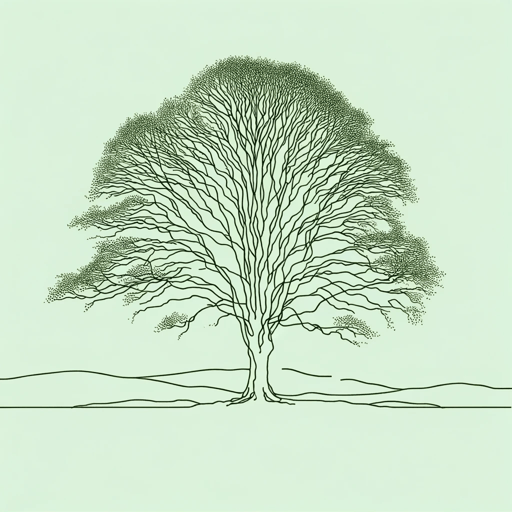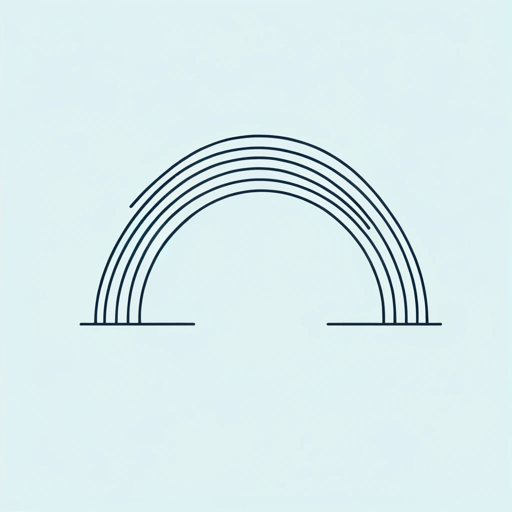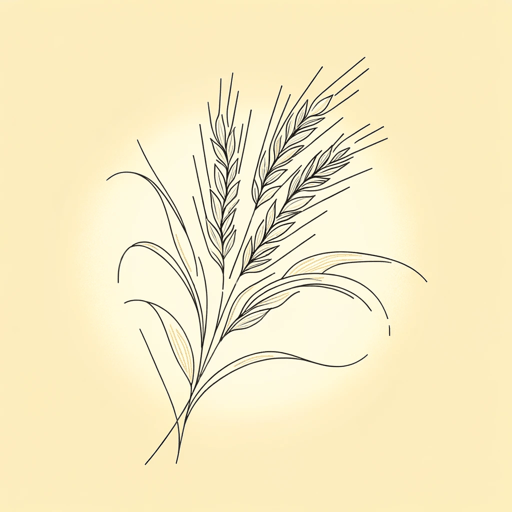19 pages • 38 minutes read
William WordsworthComposed upon Westminster Bridge, September 3, 1802
Fiction | Poem | Adult | Published in 1807A modern alternative to SparkNotes and CliffsNotes, SuperSummary offers high-quality Study Guides with detailed chapter summaries and analysis of major themes, characters, and more.
Literary Devices
Petrarchan sonnet
Wordsworth published 523 sonnets, including one called “Scorn Not the Sonnet” (1827), in which he compares the sonnet to a key that helped Shakespeare unlock his heart and a lute whose melody “gave ease to Petrarch’s wound.”
“Composed upon Westminster Bridge, September 3, 1802” is a Petrarchan sonnet. Like a Shakespearean sonnet, Petrarchan sonnets contain 14 lines. Unlike the Shakespearean sonnet, the Petrarchan Sonnet has a more irregular and complex rhyme scheme, an eight-line stanza (octave) rhyming ABBAABBA, and a six-line stanza (sestet) rhyming CDCDCD or CDECDE. This rhyme scheme creates a sense of musicality and order. It indicates that there is a flow and arrangement to the universe, perhaps designed by a benevolent deity, in keeping with Wordsworth’s religious convictions. Much like how the banks of a river contain an overwhelming flood of water, this structure can contain the abundant flow of feelings that Wordsworth often tries to convey in his poetry.
For Wordsworth, the sonnet, which means “little song,” is a structure that helps unlock feelings and create a sense of harmony and beauty. It is appropriate he used this form to delineate, or outline, the feelings he experienced while standing on Westminster Bridge, as the poem is about experiencing a moment of harmonious tranquility.
Related Titles
By William Wordsworth

A Complaint
William Wordsworth

A Slumber Did My Spirit Seal
William Wordsworth

Daffodils
William Wordsworth

I Wandered Lonely as a Cloud
William Wordsworth

Lines Composed a Few Miles above Tintern Abbey ...
William Wordsworth

London, 1802
William Wordsworth

Lyrical Ballads
William Wordsworth

My Heart Leaps Up
William Wordsworth

Ode: Intimations of Immortality from Recollections of Early Childhood
William Wordsworth

Preface to Lyrical Ballads
William Wordsworth

She Dwelt Among The Untrodden Ways
William Wordsworth

She Was a Phantom of Delight
William Wordsworth

The Prelude
William Wordsworth

The Solitary Reaper
William Wordsworth

The World Is Too Much with Us
William Wordsworth

To the Skylark
William Wordsworth

We Are Seven
William Wordsworth

